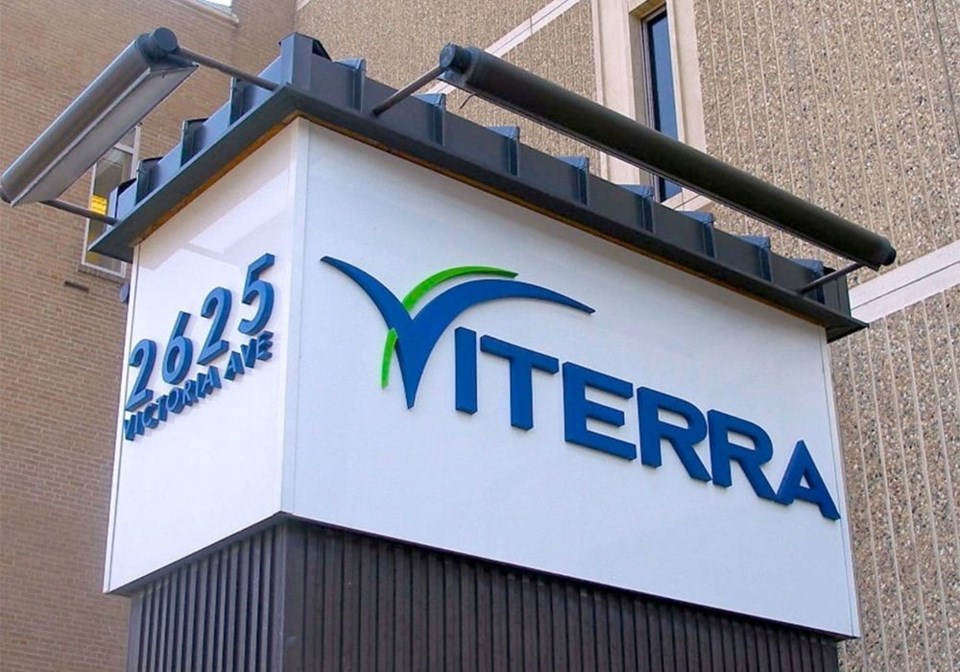WESTERN PRODUCER — The merger of Viterra and Bunge is another step in a consolidation process that began decades ago, says a former grain industry executive.
It began in 1998 when Alberta Wheat Pool and Manitoba Pool Elevators merged to form Agricore Cooperative Limited.
That entity did not last long. In 2001, the struggling Agricore Cooperative merged with United Grain Growers to form Agricore United.
In 2007, Agricore United became the target of a hostile takeover by Saskatchewan Wheat Pool. The new company was renamed Viterra.
Viterra was bought by mining company Glencore International in 2013.
A few years later, the Canada Pension Plan Investment Board (CPP Investments) bought a 40 percent stake in the company and the British Columbia Investment Management Corp. (BCI) purchased another 10 percent.
Now Viterra and Bunge are merging operations in a deal where Viterra shareholders are receiving $6.2 billion worth of Bunge shares and $2 billion of cash.
The shares will eventually amount to a one-third ownership stake of the new entity.
“It’s a process of consolidation,” said Brian Hayward, president of Aldare Resources, a governance advisory service.
“I’m not surprised in the sense that the grain industry worldwide has been consolidating everywhere.”
He is also not surprised that Bunge was involved. Hayward had conversations with the grain company back when he was chief executive officer of UGG and Agricore United.
When he was the head of UGG he was looking for ways to connect the stand-alone grain handler with flour millers, oilseed crushers and malting companies.
A partnership did not happen with Bunge, but it did with Archer Daniels Midland, which at one time owned a 40 percent stake in UGG.
He circled back to Bunge during the “hurly-burly” of Saskatchewan Wheat Pool’s hostile takeover of Agricore United. Hayward wanted to see what other suitors would offer.
“We had active discussions with Bunge. We had significant conversations, but they did not go hugely, terribly far,” he said.
“At the end of the day, Bunge sort of said, ‘meh, maybe some time.’”
So, it doesn’t surprise him that Bunge is swooping in after all these years to expand its presence in Canada.
Murray Fulton, professor emeritus at the University of Saskatchewan, agreed with Hayward’s assessment.
“That’s exactly what I was going to say. This is just the slow, inexorable consolidation of the industry,” he said.
“In some ways, it’s a bit surprising it has taken this long for it to happen.”
Fulton could see the writing on the wall back in the late-1980s when he co-authored a report on grain industry consolidation for the Economic Council of Canada.
He recalled holding back on his true thoughts of where the industry was heading.
“If we had said back then that this is where we were going to get to, I think people wouldn’t have believed us,” said Fulton.
The consolidation is not just occurring in the grain-handling sector. He noted that a 5,000-acre farm is almost considered to be small these days and that farmers are spending $1 million on a combine.
“This is all part of the transformation of agriculture,” he said.
He worries that the Viterra-Bunge merger will result in a watered-down Canadian presence for what was once a very Canadian company.
“This is really a takeover, a purchase by Bunge of Viterra,” said Fulton.
The combined company will operate as Bunge, will be headed by Bunge’s chief executive officer Greg Heckman and chief financial officer John Neppl and will be headquartered in St. Louis, Missouri.
Viterra’s head office in Regina will be maintained as “an important regional office presence,” but Fulton believes it will be a weakened presence.
“I expect you’re going to see a bit more of a hollowing out of that head office,” he said.
CPP Investments and BCI will own a combined 15 percent of the new entity instead of half of Viterra.
Hayward doesn’t think that reduced Canadian influence matters that match because they weren’t the driving force behind Viterra, anyway.
“Those are passive investors,” he said.
“Those are not people that get involved. They look at the investment thesis, they don’t manage the company.”
The Competition Bureau says it intends to scrutinize the merger.
Viterra owns 59 grain elevators, eight special crops facilities, six port terminals and two oilseed processing plants in Canada. It is also building the world’s largest integrated canola crush facility in Regina.
Bunge owns four oilseed crush plants and four vegetable oil refineries in Canada and is building another crush plant in Lamont, Alta. It also owns a 25 percent stake in G3, which operates 19 grain elevators, five port terminals and a laker vessel in Canada.
Fulton said the Competition Bureau has a reputation of being “pretty liberal” in allowing mergers to proceed, although it seems to be signaling that it is going to be taking a harder look at mergers.
“But I don’t think at the end of the day it’s going to really change their decision on this particular case,” he said.
“I think they’ll let it go ahead.”
However, the Competition Bureau may require the new entity to divest itself of grain elevators, crush facilities or port terminals, where there may be some overlap, he said.
Fulton now contemplates the same question he did in the late-1980s, which is what will Canada’s grain industry look like in another 35 years?
It is a more difficult question to answer this time around because of the extreme consolidation that has already transpired.
“Can you think of it getting even more consolidated?” he said.
“In some ways, that’s kind of hard to think about. Can you think of a farm size where everybody is 50,000 acres? That seems wild.”
Contact [email protected]



